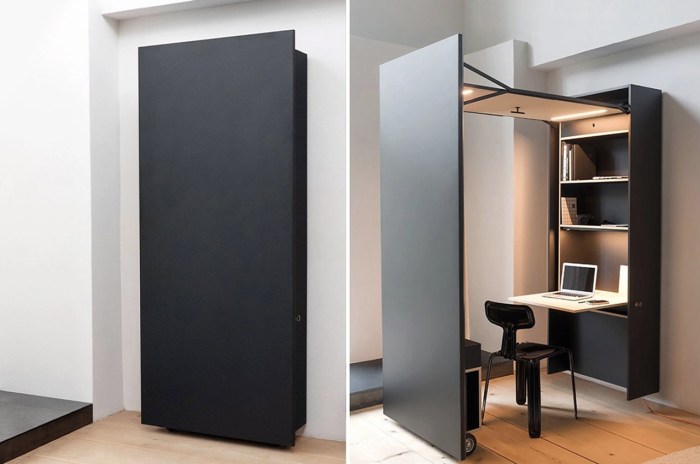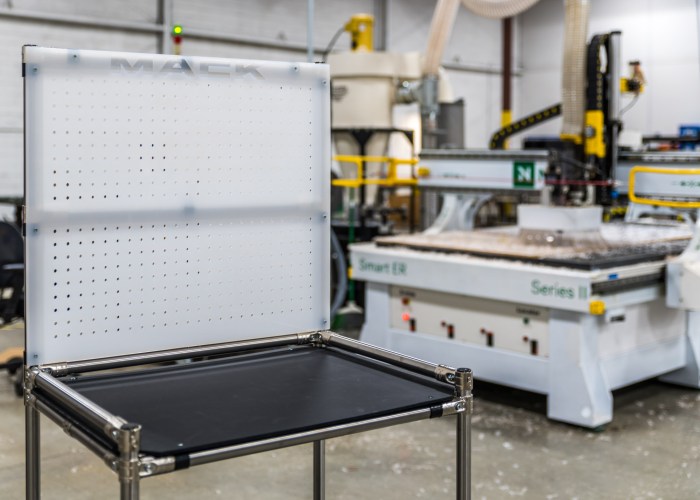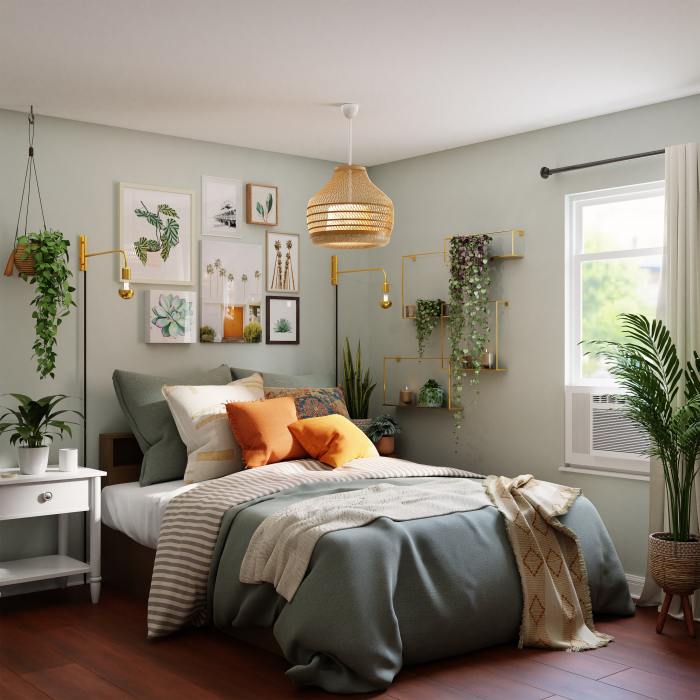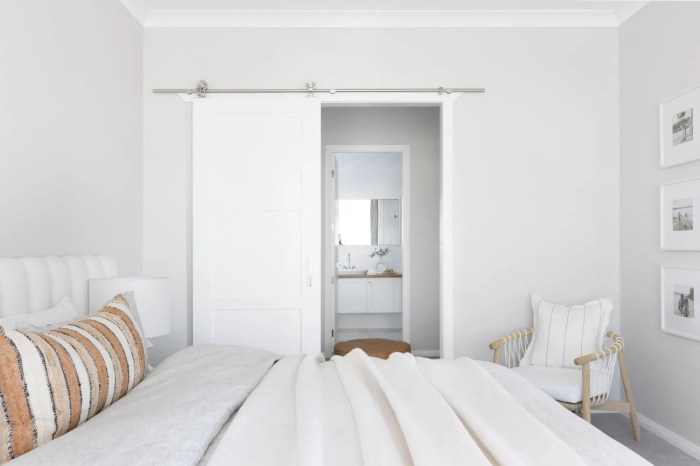More than mere cushions, decorative throw pillows are powerful design elements, capable of transforming a room’s ambiance with subtle shifts in texture, color, and pattern. Their seemingly simple form belies a complex interplay of material science, aesthetic principles, and psychological impact. From the luxurious drape of silk to the comforting weight of linen, the choice of fabric directly influences the sensory experience.
This exploration delves into the multifaceted world of decorative throw pillows, examining their diverse forms, their impact on interior design, and the art of selecting and caring for these versatile accessories.
We will navigate the spectrum of pillow types, from the crisp geometry of modern designs to the opulent flourishes of traditional styles. The influence of color psychology and textile technology will be explored, demonstrating how these factors contribute to the overall mood and functionality of a space. Furthermore, we will uncover creative applications that extend beyond the typical decorative role, showcasing the surprising versatility of the humble throw pillow.
Types of Decorative Throw Pillows
Decorative throw pillows are more than just comfortable additions to a room; they are versatile design elements capable of transforming the aesthetic and feel of any space. Their variety in material, shape, size, and design allows for nearly limitless customization, reflecting personal style and enhancing the overall ambiance. Understanding the diverse options available is key to selecting the perfect pillows to complement your interior design.
Material Composition of Decorative Throw Pillows
The material of a throw pillow significantly impacts its texture, durability, and overall appearance. Natural fibers like cotton and linen offer breathability and a relaxed, often slightly textured feel. Cotton, a widely accessible and affordable option, is known for its softness and ease of care. Linen, on the other hand, possesses a characteristic slightly rougher texture and a luxurious drape, developing a unique patina with age.
Synthetic materials such as polyester provide affordability and easy maintenance, often mimicking the look and feel of more expensive fabrics. Silk, a luxurious choice, offers an unparalleled sheen and smoothness, while velvet provides a rich, plush texture with a distinctive soft pile. Each material contributes unique tactile and visual qualities to the pillow.
Shapes and Sizes of Decorative Throw Pillows
Throw pillows come in a variety of shapes and sizes to suit different needs and design styles. Standard square pillows (typically 16″ x 16″ or 18″ x 18″) are the most common, offering versatility in placement and arrangement. Rectangular pillows, often used to add a linear element or to fill larger spaces, can vary significantly in dimensions. Round pillows, with their soft, organic forms, contribute a sense of casual elegance.
Bolster pillows, long and cylindrical, provide lumbar support and can be used decoratively along sofas or beds. The dimensions and shapes of pillows should be considered in relation to the size and style of the furniture they adorn.
Decorative Pillow Designs and Patterns
The design and pattern of a throw pillow are critical in determining its aesthetic impact. Geometric patterns, featuring repeating shapes and lines, offer a clean, modern look, while floral patterns evoke a sense of nature and romance. Abstract designs, with their non-representational forms, can add a touch of artistic flair and visual interest. Solid-colored pillows, often used as a neutral base, provide a sense of simplicity and can highlight other patterns or textures in the room.
The choice of pattern and design should complement the existing décor and the overall mood of the space.
Table Summarizing Decorative Throw Pillow Attributes
| Material | Shape | Pattern | Common Uses |
|---|---|---|---|
| Cotton | Square | Floral | Living room, bedroom |
| Linen | Rectangular | Geometric | Sofa accent, bed runner |
| Velvet | Round | Solid color | Accent chair, decorative element |
| Silk | Bolster | Abstract | Bed, seating area |
| Polyester | Square | Striped | Children’s room, casual seating |
Choosing Decorative Throw Pillows for Different Rooms
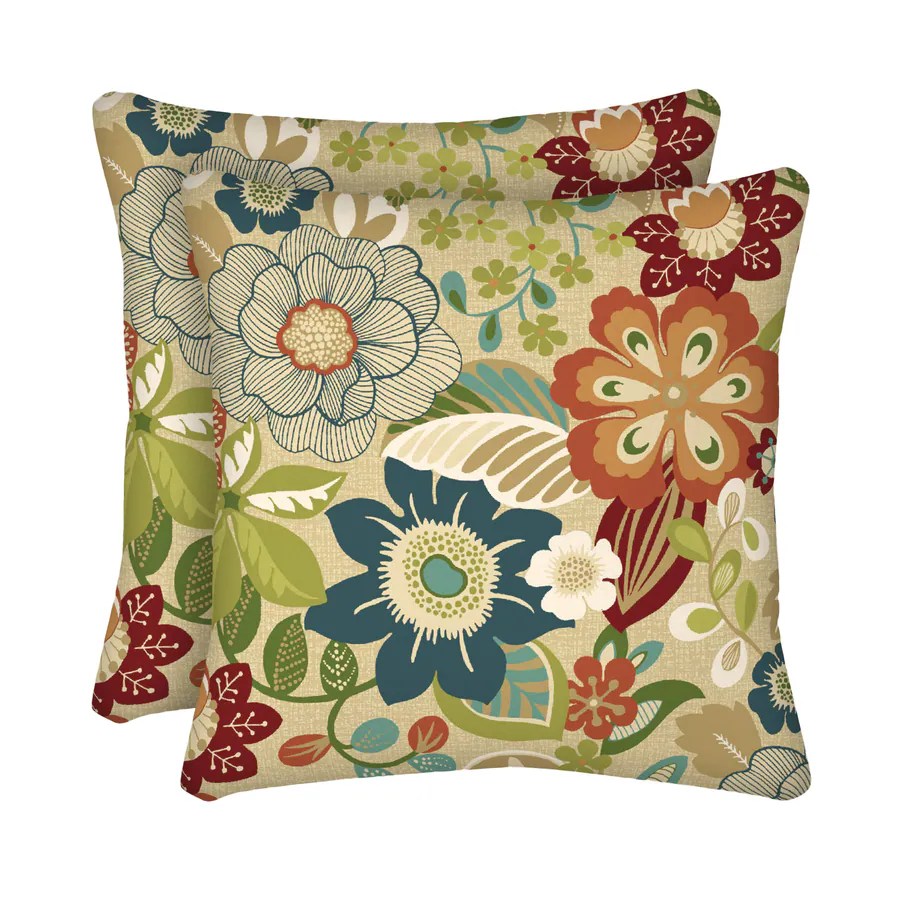
Throw pillows, seemingly simple additions, profoundly impact a room’s ambiance and overall design. Their strategic placement and careful selection can elevate a space from bland to breathtaking, reflecting personal style and creating a cohesive aesthetic. Understanding the principles of color theory, texture interplay, and design styles is crucial for achieving this transformation.
Throw Pillow Selection for Diverse Interior Design Styles
The successful integration of throw pillows hinges on aligning their design with the overarching interior design style. A minimalist space, characterized by clean lines and a limited color palette, benefits from simple, geometric pillows in neutral tones or subtly contrasting colors. Think solid-colored linen pillows in shades of gray, beige, or deep navy. In contrast, a bohemian room, celebrated for its eclectic mix of patterns and textures, welcomes a riot of colors and designs.
Consider incorporating embroidered pillows with vibrant patterns, fringed throws, or those with ethnic-inspired motifs. Traditional interiors, often featuring ornate furniture and rich fabrics, are complemented by pillows with damask patterns, velvet textures, or intricate embroidery. Modern interiors, known for their sleek lines and functionality, appreciate clean-lined, geometric pillows in bold colors or sophisticated neutrals.
The Influence of Color and Texture on Throw Pillow Selection
Color psychology plays a significant role in the mood a room evokes. Warm colors like reds and oranges create a sense of energy and excitement, making them suitable for living rooms where social interaction is common. Cooler colors such as blues and greens promote relaxation and tranquility, making them ideal for bedrooms. The texture of a throw pillow further enhances its impact.
Linen offers a relaxed, casual feel, while velvet adds a touch of luxury and sophistication. A mix of textures, such as combining a plush velvet pillow with a crisp linen one, adds visual interest and depth. For example, in a dining room, the formality of the space might be enhanced by the addition of silk or satin pillows in rich jewel tones, while a playful children’s room could benefit from fluffy, textured pillows in bright, primary colors.
Utilizing Throw Pillows to Create Focal Points and Visual Interest
Throw pillows are powerful tools for manipulating visual focus and adding dynamism to a room. Strategically placed, they can draw the eye to a particular area, such as a fireplace or a statement piece of furniture. For instance, placing two large, patterned pillows on a sofa can create a visual anchor, while smaller, solid-colored pillows can be used to soften the overall look.
A consistent color palette across pillows can unify disparate elements within a room, while contrasting colors can inject vibrancy and excitement. Using pillows with varying textures and patterns adds layers of visual interest, preventing the space from feeling monotonous.
Throw Pillow Suggestions for Different Rooms
The selection of throw pillows should be tailored to the specific needs and atmosphere of each room. For a child’s room, consider bright, playful colors and whimsical designs, perhaps with cartoon characters or animal prints. Durable, easy-to-clean fabrics like cotton or microfiber are practical choices. For a master bedroom, prioritize comfort and relaxation. Soft, plush materials like velvet or faux fur, in calming colors such as muted blues, greens, or grays, are excellent options.
For a formal living area, elegance and sophistication are key. Luxurious fabrics like silk or velvet, in rich jewel tones or sophisticated neutrals, with perhaps subtle patterns like damask or paisley, would create the desired atmosphere. In each case, the number and arrangement of pillows should be considered in relation to the size and style of the furniture.
The Impact of Decorative Throw Pillows on Interior Design
Decorative throw pillows, seemingly insignificant objects, exert a surprisingly powerful influence on the overall aesthetic and functionality of a living space. Their impact extends beyond mere decoration; they are instrumental in shaping the mood, enhancing comfort, and expressing personal style within a room’s design. Understanding this influence allows for the strategic deployment of throw pillows to create a truly cohesive and inviting environment.Throw Pillows and the Creation of AtmosphereThe texture, color, and pattern of throw pillows directly impact the atmosphere of a room.
Soft, plush velvet pillows in deep jewel tones create a sense of luxury and warmth, ideal for a cozy living room or master bedroom. Conversely, crisp linen pillows in light, neutral colors contribute to a feeling of airy spaciousness, perfect for a minimalist or Scandinavian-style space. The psychological effect of color is well-documented; blues promote calmness, yellows evoke cheerfulness, and greens suggest serenity.
By carefully selecting pillow colors and textures, one can subtly manipulate the emotional response elicited by a room. For example, a bedroom designed for relaxation might utilize soft, muted tones and textures, while a vibrant playroom could incorporate bold colors and playful patterns. This deliberate manipulation of sensory input, through the thoughtful choice of throw pillows, fundamentally alters the perceived atmosphere of the space.
Throw Pillows and Enhanced Comfort and Functionality
Beyond aesthetics, throw pillows contribute significantly to the comfort and functionality of a room. They provide extra support for seating, making sofas and armchairs more inviting and comfortable for lounging. In bedrooms, they can serve as a practical addition to the bed, adding a layer of comfort and visual appeal. Their versatility extends to their placement; strategically placed pillows can define different seating zones within a larger room or create a visually appealing focal point.
For instance, a large, textured floor cushion can serve as both a comfortable seating option and a stylish design element in a family room, or a set of lumbar support pillows can enhance the ergonomics of an office chair. This enhancement of both comfort and visual appeal transforms the space into a more functional and inviting environment.
Throw Pillows and the Expression of Personal Style
Throw pillows offer a unique opportunity to inject personality and style into a room’s design. They are a relatively inexpensive and easily changeable element that can be used to reflect personal tastes and preferences. A collection of eclectic pillows with diverse patterns and textures can showcase a bohemian aesthetic, while a set of minimalist, geometric pillows can create a modern and sophisticated look.
The use of specific colors or motifs can also reflect individual interests or passions, such as incorporating nautical stripes for a coastal theme or incorporating floral prints for a romantic feel. The ability to readily swap pillows allows for seasonal updates or to reflect changes in personal style without major renovations, making them a versatile tool for self-expression in interior design.
Throw Pillows and the Creation of Cohesive Interior Design
Mastering the art of incorporating throw pillows involves understanding their role in creating a cohesive and balanced design scheme. This involves carefully considering the existing color palette, patterns, and textures of the room. Pillows should complement, rather than clash with, the overall style and color scheme. For instance, if a room features predominantly neutral tones, introducing a few pillows with pops of color can add visual interest without disrupting the overall harmony.
Conversely, a room with busy patterns might benefit from a few solid-colored pillows to provide balance and visual rest. Repeating a pattern or color found elsewhere in the room, such as in curtains or artwork, can further unify the design. This strategic placement and selection ensure the throw pillows enhance, rather than detract from, the overall aesthetic integrity of the space.
Caring for Decorative Throw Pillows
Maintaining the beauty and longevity of your decorative throw pillows requires understanding their material composition and employing appropriate cleaning and storage techniques. Neglecting proper care can lead to premature wear, discoloration, and ultimately, the need for replacement. This section details effective methods for preserving your investment and ensuring your pillows remain vibrant and comfortable for years to come.
Cleaning and Maintaining Different Throw Pillow Materials
The cleaning method for throw pillows depends heavily on the fabric. Cotton, linen, and other natural fibers often tolerate machine washing, while delicate materials like silk or velvet require more gentle hand-washing or professional dry cleaning. Always check the care label before attempting any cleaning method. For example, a cotton pillow cover might be machine-washed on a gentle cycle with cold water and mild detergent, then air-dried flat to prevent shrinkage.
In contrast, a silk pillow cover would require a hand wash with a specialized detergent, followed by careful air drying away from direct sunlight. Synthetic materials like polyester often hold up well to machine washing, but high heat can damage some synthetic fibers. Understanding these material-specific needs is crucial for preserving the integrity and appearance of your pillows.
Proper Storage of Throw Pillows
Proper storage is equally important for maintaining the shape and quality of your throw pillows. Avoid storing pillows in damp or humid environments, as this can encourage mold and mildew growth. For long-term storage, consider using breathable fabric storage bags or containers. This prevents dust and debris accumulation while allowing air circulation to prevent moisture buildup. Before storing, ensure the pillows are completely clean and dry to prevent the growth of bacteria or unpleasant odors.
Avoid tightly compressing the pillows, as this can distort their shape. Instead, store them loosely to maintain their fluffiness and volume. For instance, storing feather pillows tightly compressed in a plastic bag can result in flattened pillows and a loss of their original shape.
The Importance of Regular Cleaning and its Impact on Longevity
Regular cleaning is paramount for extending the lifespan of your decorative throw pillows. Dust, dirt, and body oils accumulate over time, causing discoloration and deterioration of the fabric. Regular cleaning removes these contaminants, preventing damage and maintaining the vibrant colors and textures of your pillows. For instance, a pillow regularly exposed to sunlight might fade faster if not cleaned to remove surface dirt that can accelerate fading.
Furthermore, regular cleaning helps to eliminate allergens and dust mites, contributing to a healthier home environment. The frequency of cleaning will vary depending on usage and location, but a general rule of thumb is to clean or spot-clean pillows at least twice a year.
Common Throw Pillow Problems and Their Solutions
Proper care can prevent many common problems. However, issues can arise.
- Problem: Flattened pillows. Solution: Air them out regularly, fluff them by hand, or use a pillow fluffer. For feather pillows, consider a gentle machine wash and air dry.
- Problem: Stains. Solution: Address stains immediately. Spot clean with a mild detergent and water, or use a specialized stain remover appropriate for the fabric. Always test any cleaning solution in an inconspicuous area first.
- Problem: Fading. Solution: Avoid prolonged exposure to direct sunlight. Rotate pillows regularly to prevent uneven fading. Consider using UV-protective window treatments.
- Problem: Pilling (small balls of fiber). Solution: Use a fabric shaver or de-pilling tool to remove pills. This is common with some synthetic materials.
- Problem: Odor. Solution: Air out pillows regularly. For persistent odors, consider professional cleaning or airing them outside on a dry day.
Creative Uses of Decorative Throw Pillows
Decorative throw pillows, traditionally associated with enhancing seating comfort and aesthetic appeal, offer a surprising versatility that extends far beyond their conventional roles. Their adaptability stems from a combination of factors: their diverse sizes, textures, and colors; their inherent softness and portability; and their capacity to blend seamlessly with various interior design styles. This versatility allows for innovative and unconventional applications throughout the home.
The inherent properties of throw pillows—their softness, varied shapes and sizes, and the ability to easily manipulate their placement—make them ideal for numerous creative applications. Beyond simply adorning sofas and beds, their functionality and aesthetic contribution can be significantly expanded.
Transforming Throw Pillows into Functional Home Accessories
The tactile nature of throw pillows, particularly those with plush fabrics like velvet or faux fur, makes them suitable for applications beyond mere decoration. A large, square pillow, for example, can easily function as a floor cushion, providing a comfortable spot for reading or meditating. The size and firmness of the pillow will determine its suitability for this purpose; a larger, firmer pillow would offer more support than a smaller, softer one.
Similarly, a smaller, cylindrical pillow can serve as a makeshift headrest while seated on the floor or in a chair lacking adequate head support. The texture of the pillow material also plays a role; a smooth, cool cotton pillow might be preferable for warm weather, while a plush, fleece pillow would be more comforting in colder temperatures. The color and pattern of the pillow can also complement the overall room décor, enhancing the visual appeal of this repurposed item.
Utilizing Throw Pillows to Create Visual Impact
The visual impact of a throw pillow is significantly influenced by its size, texture, and color. A large, brightly colored pillow can act as a focal point in a room, drawing the eye and adding a pop of vibrancy. Conversely, smaller pillows in muted tones can be used to subtly enhance the existing color palette without overwhelming the space. The texture of the pillow also plays a crucial role; a textured pillow adds visual interest and depth, while a smooth pillow offers a more minimalist aesthetic.
For instance, a chunky knit throw pillow can create a cozy and rustic feel, while a sleek, satin pillow can contribute to a more luxurious and modern atmosphere. The interplay between these factors—size, texture, and color—allows for a fine-tuning of the visual narrative within a room.
Comparing Decorative and Functional Roles of Throw Pillows
While throw pillows primarily serve a decorative purpose, enhancing the aesthetic appeal of a space, their functionality is undeniable. Their ability to add comfort, support, and even practicality, as demonstrated by their use as floor cushions or makeshift headrests, highlights their dual role. The extent to which a throw pillow leans towards decoration versus function depends heavily on its design and application.
A small, intricately embroidered pillow might prioritize decorative value, while a large, plush pillow primarily serves comfort. However, even highly decorative pillows can offer a degree of comfort, and even functional pillows can contribute significantly to a room’s aesthetic. The line between purely decorative and purely functional blurs considerably, with most pillows existing in a dynamic interplay between the two.
Closing Summary

Ultimately, the strategic use of decorative throw pillows transcends mere aesthetics; it’s about crafting a space that resonates with personality and purpose. By understanding the nuances of material, design, and placement, we can harness the transformative power of these seemingly simple objects to create environments that are both visually stunning and deeply comforting. Whether adding a pop of color to a minimalist room or layering textures to create a cozy haven, throw pillows offer a surprisingly effective tool for personalizing and enhancing any living space.
Mastering their application allows for the creation of spaces that reflect individual style and enhance overall well-being.
FAQ Section
What is the best way to fluff up flat throw pillows?
For down or feather pillows, tumble dry on low with a few clean tennis balls to redistribute the filling. For synthetic fill, air drying and gentle kneading often suffices. For firm pillows, a quick trip to the dryer on a low, air-only setting can help.
How often should I clean my throw pillows?
Frequency depends on fabric and use. High-traffic areas may require more frequent cleaning (every 3-6 months). Spot clean immediately for spills. Follow care instructions for each pillow type. Ideally, dry-clean delicate fabrics.
Can I use bleach on my throw pillows?
Generally, no. Bleach can damage most fabrics, causing discoloration and weakening fibers. Always refer to the care label and consider gentle, color-safe detergents instead.
How do I choose throw pillows for a small space?
Opt for smaller pillows and lighter colors to avoid overwhelming the room. Patterns should be subtle and avoid overly busy designs. Consider using pillows that coordinate with existing furniture or decor to create a cohesive look without making the space feel cramped.



